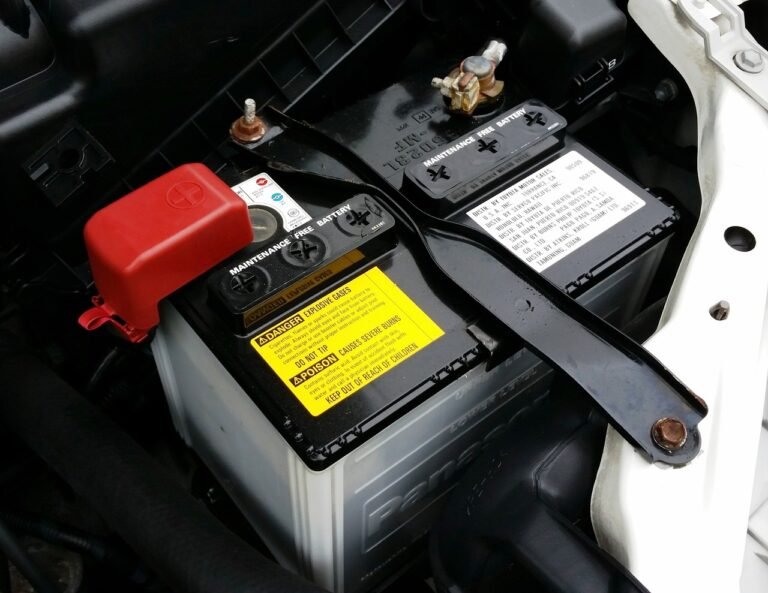Microscopic chemistry focuses on the behaviour of electrons in molecules and chemical structures, and the consequent effects on chemical behaviour. This article would go through a few factors affecting the distribution of electron density and consequently electrical charge in molecules, and raise a few examples of how such an analysis can lead us to understand surprising chemical phenomena.
The first and most obvious factor affecting the distribution of electron density in chemical systems would be electronegativity. Electronegativity is the tendency for an atom of an element to attract bonding electrons to itself. Chemical bonds exist on a spectrum, with covalent bonds on one end and ionic bonds on the other.
In “pure” covalent bonds, electron density is shared evenly between the two atoms. This can be seen in homonuclear diatomic molecules, such as the halogens. In “pure” ionic bonds, electron density is completely localised on the more electronegative atom. In reality though, most bonds are polar covalent, with the electron density being more localised on the more electronegative atom. As such, the more electronegative atom bears a partial negative charge, with the relatively electropositive atom bearing a partial positive charge. We say that the bond has a dipole moment, pointing towards the more electronegative atom.
Electronegativity differences can result in surprising chemical observations at times as well. For example, alpha beta unsaturated ketones can undergo nucleophilic addition at the C=C bond. This is surprising, since we usually think of C=C bonds as being electron rich and thus attractive to electrophiles.
Considering electronegativity differences, the reason why the beta carbon is attractive to nucleophiles makes sense. The C=C pi cloud overlaps with the C=O pi cloud to form a conjugated pi electron cloud, and the electronegative O atom pulls the electron density of the pi electron cloud towards itself, leaving the beta carbon with a partial positive charge, making it susceptible to nucleophilic attack.
Another factor affecting the distribution of electron density in chemical systems would be formal charges. Formal charges exist in molecules which exhibit dative bonding, where one atom “donates” its electron pair to another. I, however, do not like to distinguish dative bonds from “normal” covalent bonds. This is because in a dative bond, it is meaningless to designate the electrons as belonging to one atom or another. Instead, I prefer to represent dative bonding patterns with formal charges. When calculating formal charges, we assign one electron of any bond pair to each atom participating in the bond. If the atom consequently has more protons than electrons assigned to it, it incurs a positive charge; conversely if it has more electrons than protons, it incurs a negative charge. Of course, this picture considers each bond as a “pure” covalent bond, ignoring the effects of electronegativity distorting electron distribution. When the charge distribution picture given by formal charges contradicts that described by electronegativity differences, sometimes the former does outweigh the latter, resulting in dipole moments that would be surprising to someone only considering electronegativity differences.
Take the example of carbon monoxide. Considering electronegativity, one would think that the dipole moment points towards oxygen. However, carbon bears the negative formal charge. In reality, the dipole moment points towards carbon, albeit being very small.
Yet another factor affecting electron distribution in molecules is delocalisation. Consider the case of pyrrole. Nitrogen donates its lone pair into the five membered ring to fulfill Huckel’s Rule of 4n+2 electrons in the pi system of the ring, stabilising the molecule by resonance (more about resonance stability in my other essays). Hence, although nitrogen is more electronegative than carbon, the dipole moment of pyrrole points away from the nitrogen atom, shown below:
However, of course, sometimes electronegativity outweighs resonance effect. Consider the case of furan, where oxygen, being more electronegative than nitrogen, is more able to distort the electron cloud of the molecule to itself.. Hence the molecular dipole moment of furan (though small) points towards oxygen.
The last factor I would like to discuss here is orbital direction. While not affecting dipole moment of molecules per se, orbital direction does affect the areas of high and low electron density in molecules, and subsequently, areas of negative and positive charge. Consider the case of iodine, I₂. One would think that such a nonpolar molecule would have a very low boiling point, yet surprisingly it is solid at room temperature. Just explaining this by the larger id-id interactions is not very convincing. Actually, halogen bonding exists between iodine, with the electron cloud of one iodine molecule being attracted by an electron deficient site (called a sigma hole) on another iodine molecule.
Now, how do these electron deficient sites occur? To maximise orbital overlap and hence electrostatic attraction, the iodine atoms in an iodine molecule directs its bonding orbital towards the internuclear region, resulting in an electron deficient site on the face of the atom opposite the sigma bond.
Concluding, the beauty of chemistry lies in how chemical models are used to rationalise and predict phenomena. In reality, the picture of electron distribution in molecules is a complex research subject, requiring understanding of quantum mechanical theories to fully understand. However, the above simplified factors can allow us to rationalise a few interesting and surprising chemical phenomena, giving us some sense of satisfaction, at the very least.









